6 Chapter 6: Environment – Cultures Influence on Our Natural Structure
Remember our bird cage example from chapter one, our metaphor for our human-shaped structure. This cage is your bird’s environment. You set up a nice enclosure for your bird, but after a few months, your bird starts to trash its cage. It is polluting its water. Leaving garbage all over, burying wood chips and newspaper and decreasing air quality leads to many problems. You realize that the bird is doing this to itself. It is solely shaping its environment because of its actions. Extrapolate this controlled example, and we see that humans do the same to our natural structure, the Earth. About ten thousand years ago, we started to shape the Earth’s surface with agriculture. Then the industrial revolution came in the 1800s, and we began to shape all areas above and below. From the atmosphere in the air, the biosphere on our surface, all the way to the bottoms of the oceans and into the soil, there is little left on Earth that humans haven’t shaped. We will delve into this by first examining environmental changes as a whole. Then how we track these changes through the field of demography and our world’s push toward urbanization.
Environment
Land Use Change
Human-shaped land use change refers to the ways in which human activities, such as agriculture, urbanization, and industrialization, shape and transform the natural environment for human use (i.e., from natural ecosystems to agricultural or urban uses). In sociology, human-shaped land use change is significant because it reflects the social, cultural, and economic forces that influence how humans interact with their environment. In addition, it closely ties to the themes of power and inequality.
One way that land use change happens is through the concept of “land grabs.” This refers to the large-scale land acquisition by powerful actors, such as corporations or governments, often at the expense of local communities. The ability to shape and control land use is usually concentrated by influential actors who may prioritize economic interests over social or environmental concerns. This can lead to the marginalization of communities that rely on the land for their livelihoods and who have little say in the decision-making process. For example, In Indonesia, converting natural forests into palm oil plantations has displaced indigenous communities who rely on the forests for their livelihoods. In many indigenous communities, the land is considered sacred and integral to their cultural identity. Their land use practices reflect this deep connection to the natural environment, which is at odds with the capitalistic view of resource extraction. These land grabs can displace people, disrupt local economies, and undermine social and cultural traditions.
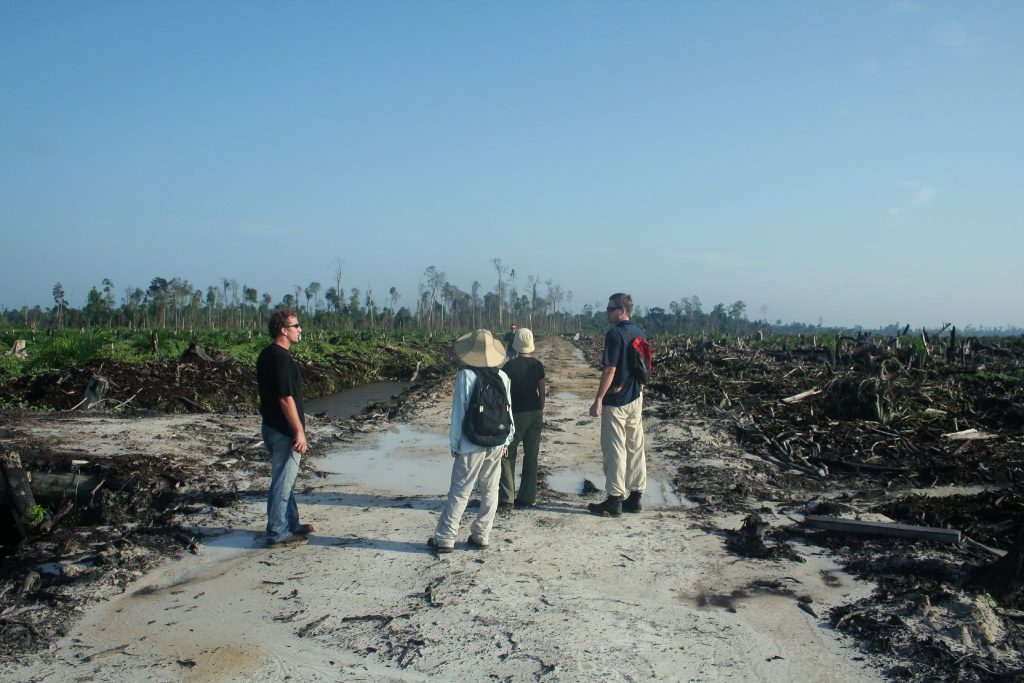
Land use change is also closely tied to environmental justice issues. Specific populations may bear a disproportionate burden of the negative ecological impacts of land use change, such as pollution or habitat destruction. For example, low-income or non-white communities may be more likely to live near industrial sites or other areas with high pollution levels. This is referred to as environmental racism. This is a form of systemic discrimination where minority and marginalized communities are disproportionately exposed to environmental hazards and pollutants. One example of environmental racism is the case of Cancer Alley in Louisiana, USA. Cancer Alley is a stretch of land along the Mississippi River home to numerous petrochemical plants, oil refineries, and other industrial facilities. Most of the residents in this area are black, and many live in poverty. People living in Cancer Alley have reported high rates of cancer, asthma, and other health problems associated with exposure to toxic chemicals and air pollution from the nearby industrial facilities. The residents of Cancer Alley have argued that they are unfairly burdened with the environmental risks of these industries. At the same time, the benefits, such as jobs and economic development, are enjoyed by others.

Finally, land use change can also be seen as a reflection of broader social and economic trends. For example, the expansion of urban areas can be linked to globalization and the growth of capitalism, as more people move into cities in search of work and economic opportunities. Understanding the social and economic forces that drive land use change is vital to understanding how societies evolve.
Pollution
Human-shaped pollution, or anthropogenic pollution, refers to the introduction or presence of harmful substances or energy into the environment, which can harm living organisms and the natural environment. In other words, they wouldn’t occur if humans didn’t exist. Pollution can take many different forms, including air pollution, water pollution, soil pollution, and noise pollution.
Industrial activities such as factories, power plants, and other industrial facilities release large amounts of pollutants such as chemicals, particulate matter, and greenhouse gases into the air, water, and soil. Transportation forms via cars, trucks, airplanes, and ships emit pollutants such as carbon monoxide, nitrogen oxides, and particulate matter. These pollutants can contribute to smog and acid rain and harm human health. Using fertilizers, pesticides, and herbicides in agriculture can cause water pollution, soil degradation, and harm to wildlife. Improper waste disposal, dumping garbage or hazardous waste into rivers, oceans, or landfills, can cause a breakdown of the environment.
One example of human-caused pollution is burning fossil fuels, such as coal, oil, and gas, for energy production. Fossil fuels are energy sources formed from the remains of dead plants and animals that lived millions of years ago. These are all non-renewable resources, meaning they cannot be replaced once they are used up. Our enormous dinosaurs from chapter one are no longer around! When fossil fuels are burned, they release harmful pollutants into the air, including carbon dioxide, sulphur dioxide, nitrogen oxides, and particulate matter. These pollutants contribute to air pollution and climate change, which can significantly negatively impact human health and the environment. Burning fossil fuels for energy is a significant contributor to global warming, causing rising sea levels, more frequent and intense heat waves, and other extreme weather events. In addition to the environmental impacts, air pollution from fossil fuel burning can cause respiratory and cardiovascular problems, including asthma, lung cancer, and heart disease.
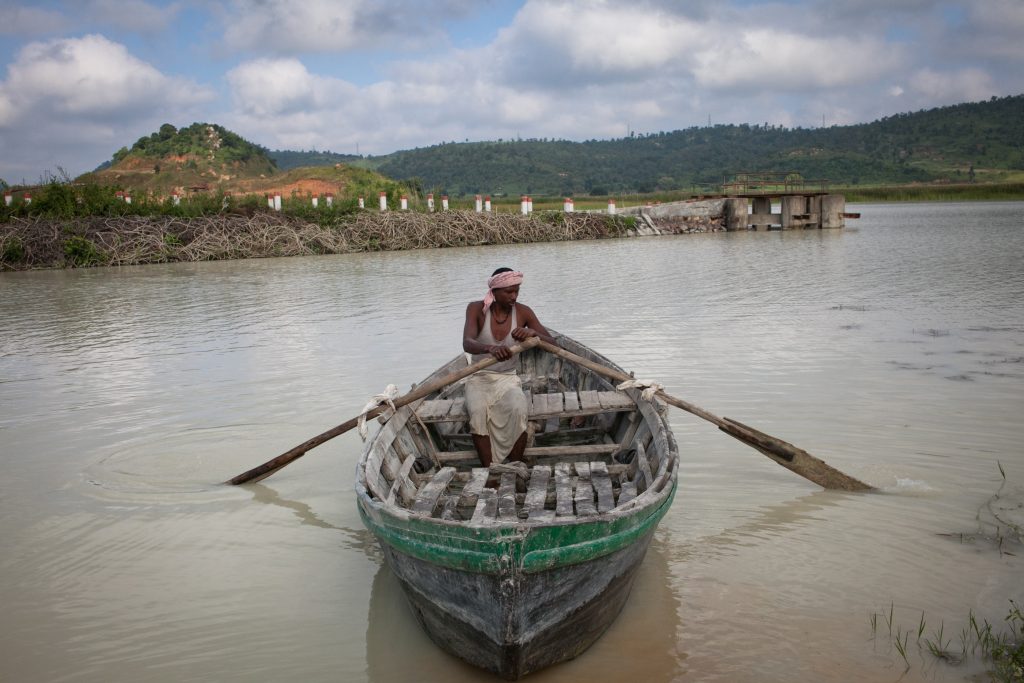
Climate Change
Human-shaped climate change refers to the changes in the Earth’s climate that are largely caused by human activities, notably the burning of fossil fuels, deforestation, and industrial processes. These activities release large amounts of greenhouse gases, primarily carbon dioxide, into the atmosphere, which trap heat and cause the planet to warm up.
The effects of human-shaped climate change are becoming increasingly evident, with rising global temperatures, melting ice caps and glaciers, rising sea levels, more frequent and intense heat waves, and changes in precipitation patterns. These changes significantly impact the environment and human societies, including disruptions to food production, increased risk of extreme weather events such as floods and droughts, and increased risks to human health due to heat waves and the spread of disease.
Human-shaped climate change results from the accumulation of greenhouse gases in the atmosphere, primarily carbon dioxide, which traps heat and warms the planet. While some greenhouse gases occur naturally, such as water vapor and methane, burning fossil fuels for energy production has caused a significant increase in atmospheric carbon dioxide levels, contributing to global warming. One example of human-shaped climate change where is the melting of the Arctic sea ice. The Arctic sea ice has been melting at an alarming rate. The leading cause is increased greenhouse gas emissions from human activities such as burning fossil fuels, deforestation, and industrial processes. This melting has caused significant changes to the Arctic ecosystem, including loss of habitat for species such as polar bears and walruses and changes to ocean currents that can have far-reaching effects on global weather patterns. The melting of the Arctic sea ice also contributes to global sea level rise, which threatens coastal communities worldwide. This is all a direct consequence of human actions.
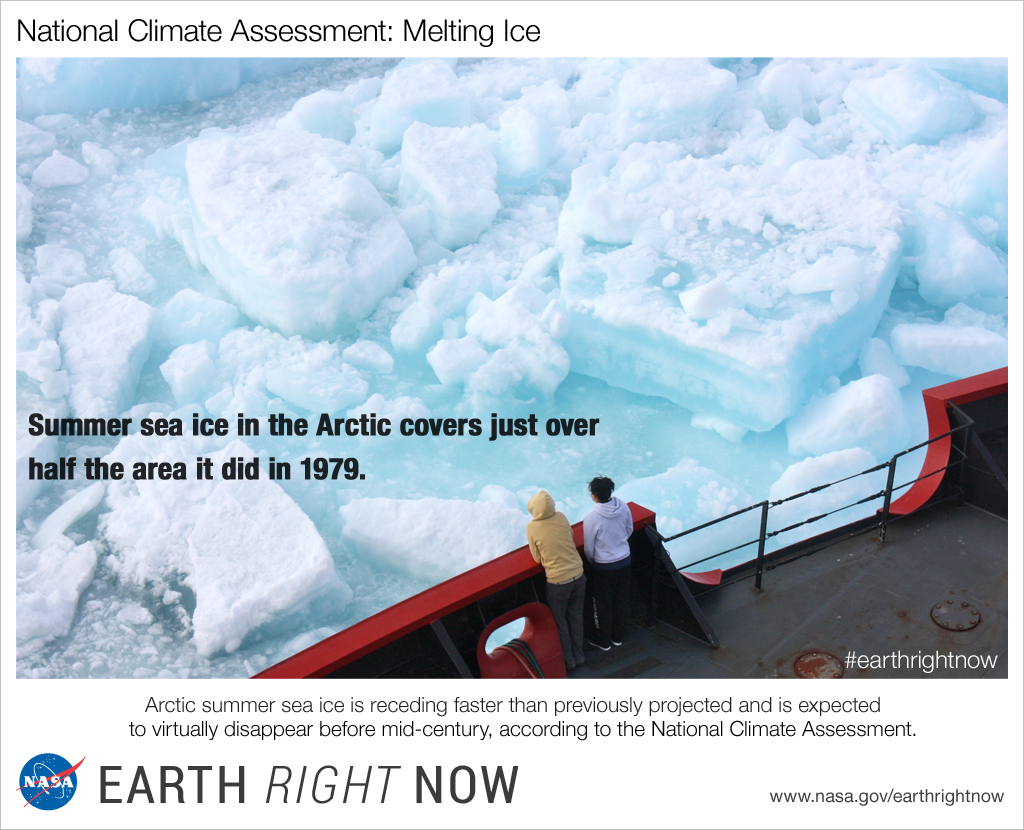
Habitat Destruction
Human-shaped habitat destruction refers to the loss, fragmentation, and degradation of natural habitats caused by human activities. Human activities such as deforestation, urbanization, mining, and agriculture are the primary drivers of habitat destruction. These activities often involve clearing land, destroying vegetation, and introducing non-native species, which can have far-reaching consequences for the natural ecosystems and the species that rely on them.
Human-shaped habitat destruction significantly affects biodiversity, ecological balance, and human well-being. The loss of habitat can lead to species extinction, reduce genetic diversity, and disrupt food chains and ecosystems. It can also have economic impacts by affecting the provision of ecosystem services such as clean water, pollination, and climate regulation. Additionally, habitat destruction can exacerbate the effects of climate change, such as desertification and soil erosion. However, it is essential to note that our acceleration of climate change is not the primary driver of animal extinctions but land use changes. While habitat destruction has occurred throughout human history, the scale and pace of destruction have increased significantly in recent times. For example, between 1970 and 2018, there was a 69% global loss in total wildlife populations! Human activities have transformed approximately 50% of the Earth’s land surface, and many ecosystems are facing irreversible changes.
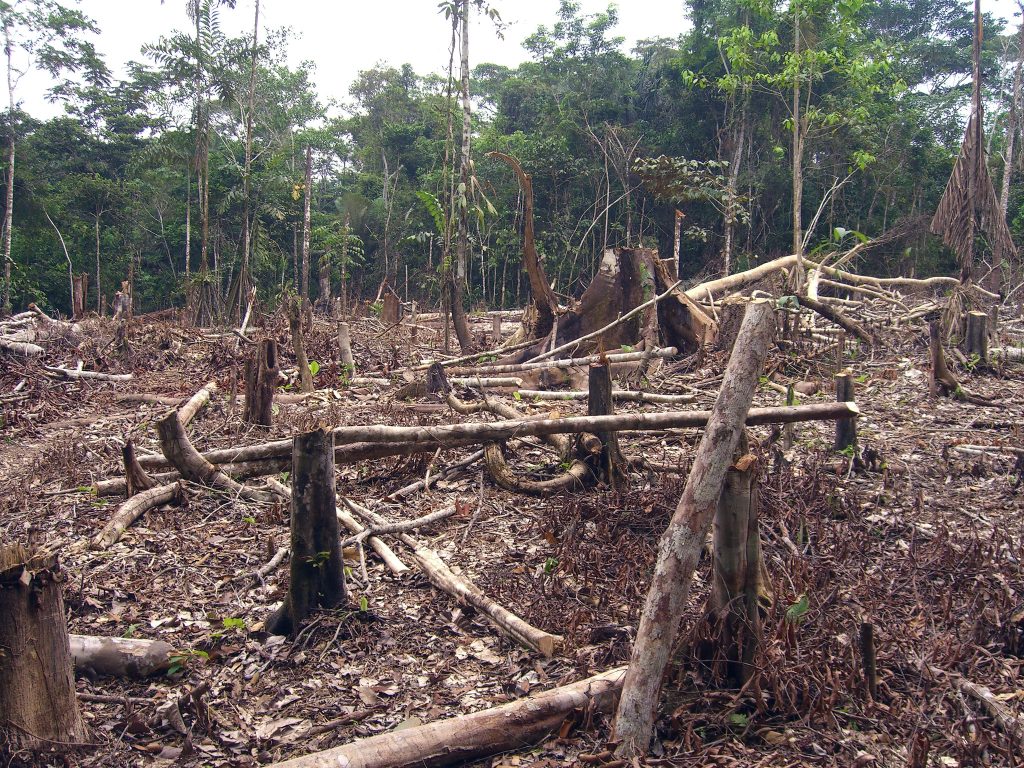
One example of human-shaped habitat destruction is the deforestation of the Amazon rainforest. The Amazon rainforest is one of the most biodiverse regions on Earth. It is home to 10% of the world’s known species. However, the rainforest is being destroyed at an alarming rate due to human activities, such as logging, agriculture, and mining. The deforestation of the Amazon rainforest has significant consequences for the local and global environment. It disrupts the delicate balance of the rainforest ecosystem, leading to the loss of habitat for countless species, many of which are endangered or unique to the Amazon. It also contributes to climate change, as the Amazon rainforest plays a crucial role in regulating global climate by absorbing and storing vast amounts of carbon dioxide from the atmosphere. Human activities, such as expanding agricultural and livestock grazing areas, illegal logging, and mining activities, primarily drive the destruction of the Amazon rainforest.
Demography
Demography is a subset of sociology that looks specifically at human population size, composition, distribution, and changes over time. Demographers use various methods and techniques to collect and analyze population data, including surveys and censuses, to track measurements such as the fertility rate, mortality rate, migration levels, and population growth rate.
The fertility rate is a demographic indicator that measures the average number of children born to a woman over her reproductive lifespan. It is expressed as the number of children per woman. It is a critical factor in population growth and development. The fertility rate is calculated by dividing the total number of live births in a given year by the total number of women of reproductive age (usually defined as ages 15-49) in that same year and then multiplying the result by 1,000.
For example, if in a given year, there were 10,000 live births and 100,000 women of reproductive age, the fertility rate would be calculated as follows:
(10,000 / 100,000) x 1,000 = 100 births per 1,000 women
According to the World Bank, the total fertility rate in South Korea was 0.92 children per woman in 2020. South Korea also has one of the lowest fertility rates in the world, and it has been below replacement level since the late 1990s. This low fertility rate also contributes to an aging population and declining workforce, a major demographic and economic challenge for the country. Why is this? Can the social structure limit the fertility rate? Using our sociological imagination, we can see that fertility rates vary widely between countries and regions.
Various social, economic, and cultural factors, such as the cost of living and financial insecurity, can influence them. The high cost of living, particularly housing and education expenses, combined with job insecurity, can make it difficult for young adults to start a family. People may want to have children, but because of their financial situation eliminates or delays the possibility. Traditional gender roles and expectations around marriage and parenthood can discourage individuals from pursuing those life choices. Additionally, many young adults may delay marriage or choose to remain single due to social pressure to prioritize their careers or education. Long working hours and limited family-friendly policies, such as parental leave, can also make it challenging for individuals to balance work and family responsibilities.
The flip side of the fertility rate is the mortality rate. The mortality rate is a demographic indicator that measures the number of deaths in a population over a specific period, usually expressed as the number of deaths per 1,000 individuals. Different types of mortality rates exist. The crude death rate is the total number of deaths in a population divided by the population size. However, suppose we want more detailed information about a population’s mortality rate. In that case, we can look at the age-specific death rate. It is the number of deaths among individuals in a specific age group divided by the population of that age group. Mortality rates can vary widely between different populations and geographic regions and are influenced by various factors, including access to healthcare, nutrition, sanitation, and education. High mortality rates are generally associated with poor health outcomes and social and economic inequality. In contrast, low mortality rates are associated with better health outcomes and higher levels of development.
But lets go back to fertility rates, for example. The countries with the highest fertility rates in the world are in Africa, which means their populations should be exploding in growth. Somalia, Mali, and Chad are three of the top five globally for fertility rate. However, they are also in the top five globally for infant mortality rate. Infant mortality rates in these countries are affected by various factors, including poor healthcare infrastructure, lack of access to clean water and sanitation, malnutrition, and infectious diseases. Unfortunately, women must give birth to many children as not all will survive long enough into adulthood.
Urbanization
Urbanization refers to the process by which an increasing proportion of a population lives in cities and other urban areas, and rural areas become less populated. As of 2021, it is estimated that over half of the world’s population lives in cities. According to the United Nations, the world’s urban population reached 4.4 billion in 2021, which is approximately 56% of the total global population. This number is expected to continue to grow in the coming years, with projections suggesting that by 2050, the world’s urban population will reach 6.7 billion, or around 68% of the total global population. Urbanization can lead to significant social changes, including the emergence of new social classes, changes in the distribution of wealth and resources, and new patterns of social interaction and cultural practices. Urbanization also has various environmental impacts, including increased energy consumption, air pollution, and waste generation. It can also lead to the depletion of natural resources and the destruction of ecosystems.
One example of urbanization in China is the city of Shenzhen. Shenzhen was established as a Special Economic Zone in 1980, with the aim of attracting foreign investment and promoting economic development. Since then, it has become a major center for manufacturing, technology, and finance. The population has grown from around 30,000 in 1980 to over 12 million today, making it one of the largest and most populous cities in China. The growth of Shenzhen has also led to significant changes in the city’s landscape, as large-scale construction projects have transformed the urban environment. For example, the city’s skyline is now dominated by towering skyscrapers, and the city’s transportation infrastructure has been expanded to include a network of highways, subways, and high-speed rail links. However, the rapid urbanization of Shenzhen has also created a range of social and environmental challenges, including air pollution, traffic congestion, and the displacement of rural residents who have been forced to move to the city in search of work.
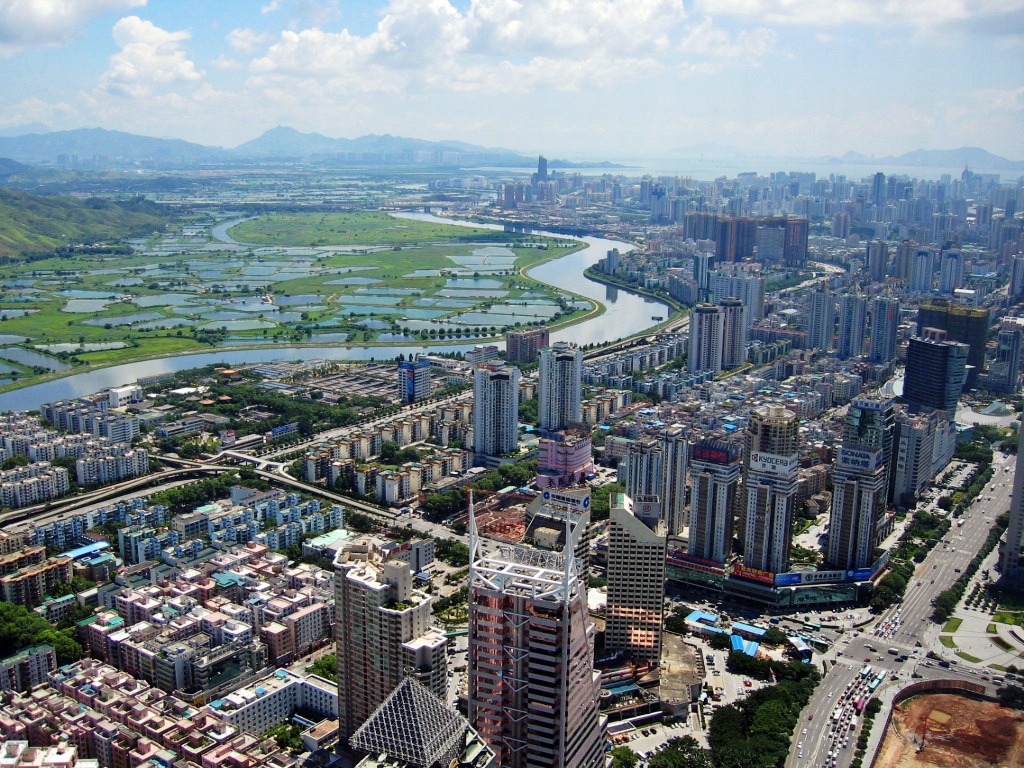
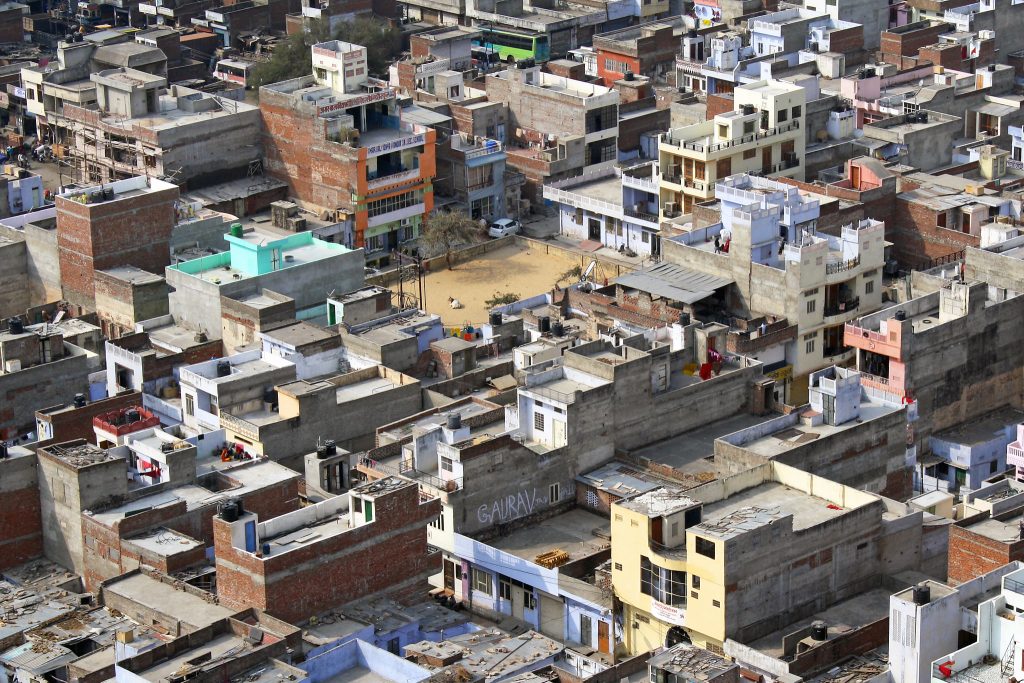
Figure 6.1 “Walk in the Oil Palm Concession” by H Dragon is licensed under CC BY 2.0.
Figure 6.2 “T’nalak weaver at Lake Sebu, South Cotabato” by I Travel Philippines is licensed under CC BY 2.0.
Figure 6.3 “Collecting toxic coal ash from the waste pond in Singrauli.” by international accountability project is licensed under CC BY 2.0.
Figure 6.4 “Summer Sea Ice in the Arctic covers just over half the area it did in 1979” by NASA Goddard Photo and Video is licensed under CC BY 2.0.
Figure 6.5 “Slash and burn agriculture in the Amazon” by Matt-Zimmerman is licensed under CC BY 2.0.
Figure 6.6 Our World In Data, via Wikimedia Commons, CC BY 3.0.
Figure 6.7 “Shenzhen CBD and River” by SSDPenguin at English Wikipedia is licensed under CC BY 3.0.
Figure 6.8 “Urban Sprawl, Jaipur, India” by Dimitry B is licensed under CC BY 2.0.

